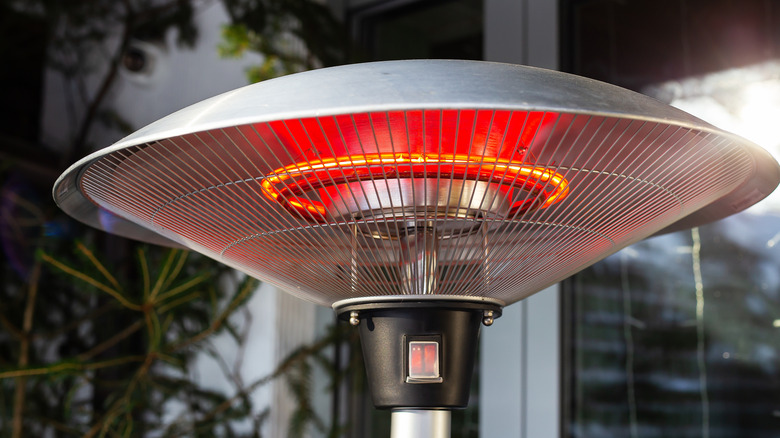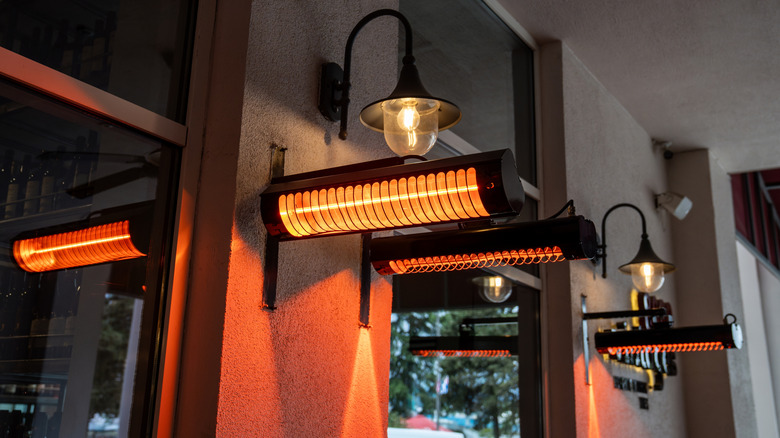How Much Energy Do Patio Heaters Really Use?
Have you wanted to use your patio in fall or winter, but you're afraid of catching a chill? Even spring and summer nights in some areas can be a little too cool for comfort. Making the most of your outdoor space is all about making it feel like an extension of your home, and most people wouldn't willingly sit in a freezing, wet living room. Purchasing a patio heater could be one of the best savvy ways to prep your screened-in porch for winter, but is it worth the expense? A patio heater could definitely be worth your while if you're determined to spend more time outdoors or entertaining guests, and it might surprise you how energy-efficient it can be. There are essentially three types of patio heaters you might consider: propane, natural gas, and electric. A standard propane patio heater will use about 2 pounds of propane per hour, costing roughly $1.40 per hour. A natural gas heater will use about 0.3 Therms of energy or $0.28 per hour, and a 1000W electric heater would require about 1kW or $0.17 per hour for the average American.
Of course, these energy usage estimates can vary greatly depending on the heater you choose, how powerful it is, and the cost of electricity, gas, or propane in your area. While propane heaters are usually standalone pieces, installation and maintenance costs may be a factor for electric and natural gas heaters. Here's the breakdown of energy usage for each heater type and how you can determine which heater will keep your patio perfectly toasty.
Electric for efficiency, natural gas for power, and propane for rare occasions
Overall, electric heaters are cheaper for frequent use than propane or natural gas, and modern infrared technology makes them surprisingly energy efficient – up to 90% of the electricity input for gets directly converted to thermal energy. Flames from a gas heater warm the air, but infrared waves actually heat nearby objects and even work in the wind. This gentle heat might also help to clear snow from your deck and patio without causing any damage.
Natural gas heaters, on the other hand, can throw more BTUs, making them appropriate for large outdoor spaces. You can estimate the amount of BTUs you'll need by multiplying the square footage of the patio by 20. For example, a 500-square-foot patio would need about 10,000 BTUs to be sufficiently heated.
There's more to an outdoor heater's cost than just its hourly usage. Installation for an electric heater can cost around $500, and connecting a natural gas heater to your main gas line can cost around $750, plus occasional maintenance services. If you plan to spend a lot of time outdoors, it's worth it to invest in these highly rated patio heaters to enjoy your outdoor space for longer. However, for those who only use their heater on rare occasions or during the warmer months, a propane heater is more affordable than installing an electric or natural gas heater, and will work well enough for small to moderate patios. Wood-fired heaters, fire pits, or chimeneas are other affordable options for folks who use their patio space sparingly.

